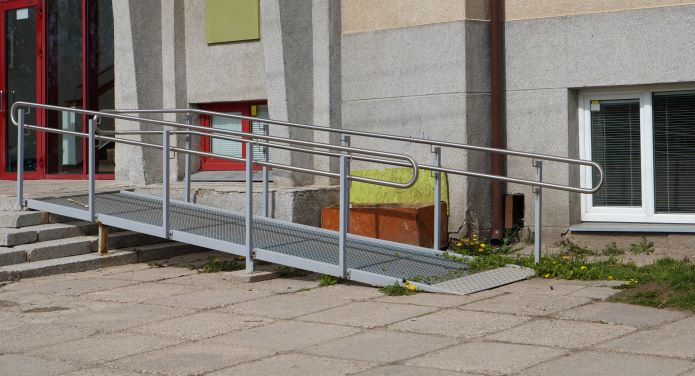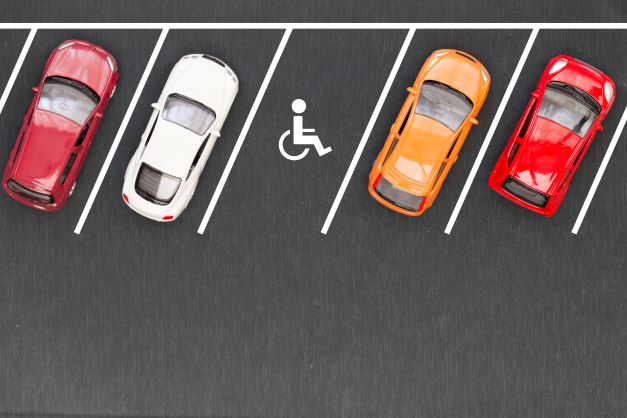Accessibility is an incredibly important topic of conversation when discussing infrastructure of any kind – from the entirety of a city to its smallest transport links. According to disabled charity Scope, there are more than 14.5 million disabled people in the UK – translating to around one in every five. Of the working-age adults in the UK with a disability, nearly half feel excluded as a result of their condition.
This sense of exclusion can come from a number of directions. Personal and professional prejudices can close doors to friendships and career progression respectively, while, on a more tangible level, physical barriers present themselves in the form of inaccessible infrastructure. Commercial buildings frequently come under fire for failing to cater to disabled employees or visitors adequately and equitably; what can be done to improve accessibility for these spaces?
Step-Free Access
Step-free access is the most common form of accessibility measure in building design and architecture, designed to enable wheelchair users, walking-impaired individuals, and the fatigued to access premises with relative ease. The installation of ramps is often the first accessibility measure to be constructed when pre-existing buildings are refurbished. For commercial buildings with elevated external entrances, this might look like a built-up paved ramp with handrails for assistance and safety.
Internally, step-free access might not be as simply managed. Ramp access is unfeasible for travelling between floors of a multi-storey building, necessitating the installation of some form of lift. This may be a fully-fledged elevator system, with precedence given to wheelchair users; alternatively, it might be a lift for wheelchair and disabled-person use only, that uses a radar key to operate.
Handrails
Speaking of handrails, offering ample accessories for support around older buildings is vital to providing equitable access throughout. Those with mobility or balance issues will find it easier to navigate with easy-to-hold balustrades and handrails, particularly with regard to facilities such as toilets.
Accessible Parking
But the building itself is not the only area you should be considering when it comes to accessibility. The journey to the building should be as painless as possible for disabled visitors or employees. One way to ensure this is to provide disabled-only parking spaces towards the front entrance of the building. This minimises the distance that disabled people need to travel before getting to the building – and minimises the amount of time they spend unmoored from mobility aids such as handrails.
Induction Loop Systems
It is important to remember, though, that not all disabilities are visible – and not all relate to mobility, either. A key example can be found in the deaf or hard-of-hearing, who may struggle disproportionately in older, larger commercial buildings with reverberant spaces in them. Here, induction loop technology can be used to give hearing-aid users a direct audio feed of certain areas – rendering conversation and understanding possible.



